re-visiting napa floor dry, dry stall etc.
hookilau
9 years ago
Featured Answer
Sort by:Oldest
Comments (20)
bikerdoc5968 Z6 SE MI
9 years agohookilau
9 years agoRelated Professionals
South Orange Landscape Architects & Landscape Designers · El Reno Landscape Contractors · La Verne Landscape Contractors · Milton Landscape Contractors · Nanuet Landscape Contractors · Parkland Landscape Contractors · Chowchilla General Contractors · Las Cruces General Contractors · Mililani Town General Contractors · Redding General Contractors · Rossmoor General Contractors · Titusville General Contractors · San Marcos Carpenters · Tucson Carpenters · Meridian Decks, Patios & Outdoor Enclosureswhip1 Zone 5 NE Ohio
9 years agobragu_DSM 5
9 years agoci_lantro
9 years agobikerdoc5968 Z6 SE MI
9 years agotapla (mid-Michigan, USDA z5b-6a)
9 years agolunarsolarpower
9 years agolast modified: 9 years agoMatthew Mcateer
8 years agoTodd C
8 years agonomen_nudum
8 years agoErin Kelley
8 years agobreathnez
8 years agolast modified: 8 years agoCrenda 10A SW FL
8 years agotapla (mid-Michigan, USDA z5b-6a)
8 years agolast modified: 8 years agoewwmayo
8 years agobreathnez
8 years agolast modified: 8 years agoewwmayo
8 years agoTodd C
8 years ago
Related Stories
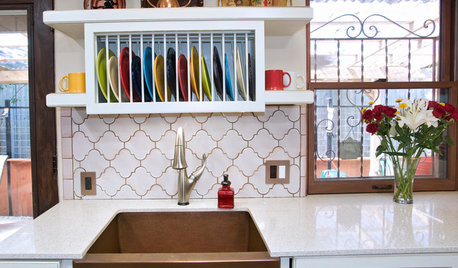
KITCHEN DESIGNDish-Drying Racks That Don’t Hog Counter Space
Cleverly concealed in cabinets or mounted in or above the sink, these racks cut kitchen cleanup time without creating clutter
Full Story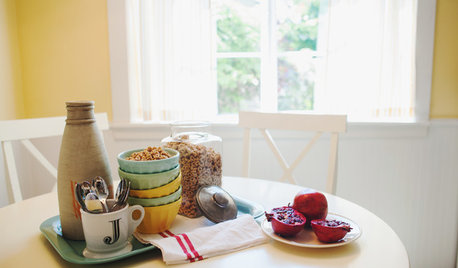
LIFEModern Manners for Conflict-Free Family Visits
Avoid thermostat wars, pet peeves and the great shower squeeze with these tips for having family as houseguests
Full Story
CONTEMPORARY HOMESHouzz Tour: A Noir Farmhouse in Napa
A new farmhouse in St. Helena blends modern and rustic with a big dose of bold
Full Story
REMODELING GUIDES10 Signs You’re in the Middle of a Renovation
A renovation project allows you to choose every last detail for your home, but decision making can quickly go from ‘Ooooh’ to ‘Argh!’
Full Story
GREEN DECORATINGBamboo Products — Earth Friend or Foe?
The ecofriendliness of this grass for flooring, wall coverings and furniture isn't cut and dried. Get the facts here
Full Story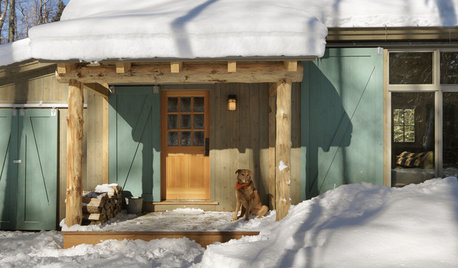
RUSTIC STYLE10 Cabin Rental Basics for City Slickers
Stay warm, dry and safe while you’re enjoying winter cabin life with this valuable advice
Full Story
PETSSo You're Thinking About Getting a Dog
Prepare yourself for the realities of training, cost and the impact that lovable pooch might have on your house
Full Story
LIFEFun Houzz: 14 Signs You’re an Interiors Geek
Are you obsessed with interiors? It’s OK, you can admit it — you’re among friends
Full Story
LIFE10 Ways to Keep Your Home Safe While You're Traveling
Set off on your trip with peace of mind, knowing you've taken the right steps toward keeping your home secure
Full Story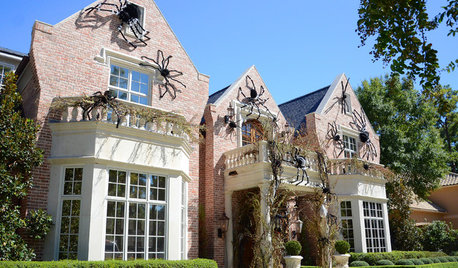
FUN HOUZZSurvey Says: We’re Scared of Being Home Alone — and Spiders
A new Houzz survey reveals that most of us get spooked in an empty house. Find out what’s causing the heebie-jeebies
Full StoryMore Discussions






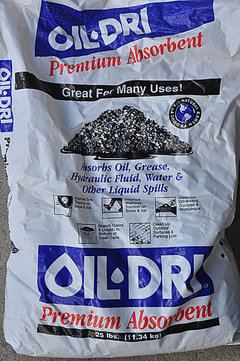
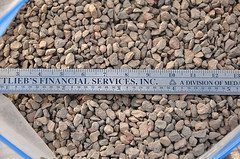
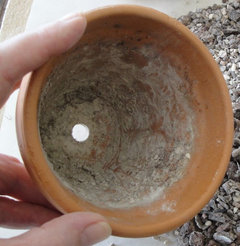

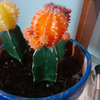
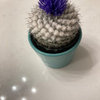

whip1 Zone 5 NE Ohio